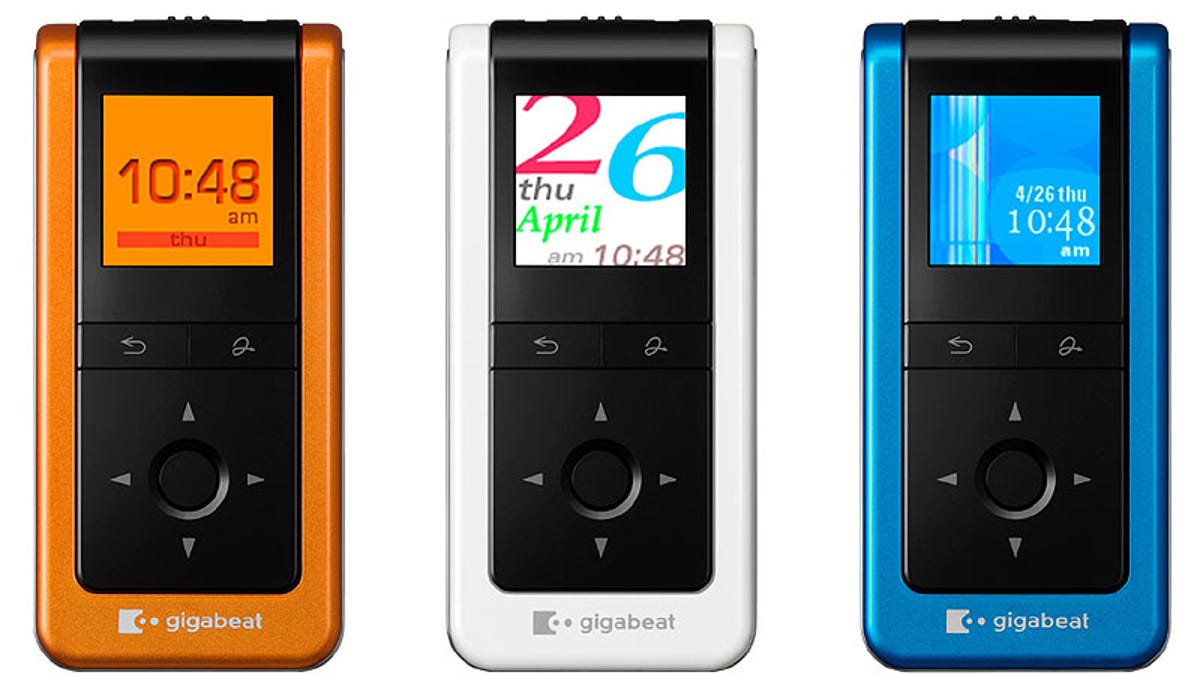Toshiba Gigabeat U--FM innovation in the face of the inevitable wave of Wi-Fi
Toshiba Gigabeat U series, U101 and U201, is expected to release in Japan during April 2007.

In a few years it'll all be Wi-Fi and satellite, but until then, sharing your music by broadcasting it over short-range FM gets us about halfway toward wirelessly sharing our music with our friends. Toshiba's newly announced Gigabeat U series MP3 player lives in this middle ground. It's capable of receiving, transmitting, and recording an FM broadcast, giving you the potential to broadcast music from your Gigabeat to anyone with a device capable of receiving FM. If the receiving device happens to be capable of making recordings from FM (like the Gigabeat U), then you've effectively copied music from device to another.
Most of that scenario can be done with any current MP3 player and a handful of aftermarket add-ons, but the groundbreaking part of this equation is that Toshiba is using a radically high-end 1b digital-analog converter during the recording process. In the pro-audio world, portable recorders that take advantage of 1b digital-analog converters are big news. Korg makes one called the MR-1 that retails for around $700. Consumers may think a 1b recorder sounds like a bad deal considering that CD-quality recording is 16b, but when it comes to audio converters 1b is actually a good thing. It means that the audio conversion happens so quickly that it can handle processing the recording in single bit chunks and thereby introduce less distortion. I haven't heard anything recorded by 1b converters, but it sounds promising in theory--especially if it's a matter of re-encoding files from someone else's player. The Gigabeat U also includes a way to automatically split an incoming recording into separate tracks, perhaps in a way that detects silences between songs (just a guess).
In the same breath, while the built-in broadcasting and high-end recording features on the Gigabeat U sound innovative, in a year's time devices with unrestricted Wi-Fi file sharing will come along and make these features seem awkward. Even with some of the Gigabeat U's features becoming obsolete soon, this still looks like a great little player. At just around 12mm thick, with a 1.1-inch organic EL color display and 20 hours of battery life, you could do a lot worse. It only comes in 1GB and 2GB models for now, which is a bit small--especially if you'll be using this for tons of recording. There's support for Windows Media DRM10, MP3, and uncompressed WAV files. You also can utilize the high-end recording converters by recording through the Gigabeat U's combination headphone/stereo line-in jack.
The Gigabeat U is launching in Japan this April at an estimated $118 for the 1GB version and $142 for the 2GB. There's no known U.S. launch date.

